

Max Davies
How Audi, BMW, Honda, Mercedes-Benz, and Suzuki started out in Australia, and where they are now
12 Hours Ago
Tiny cars find big demand, China on a roll, rental companies roaring back, and a new medium van sales record delivered.

Senior Contributor
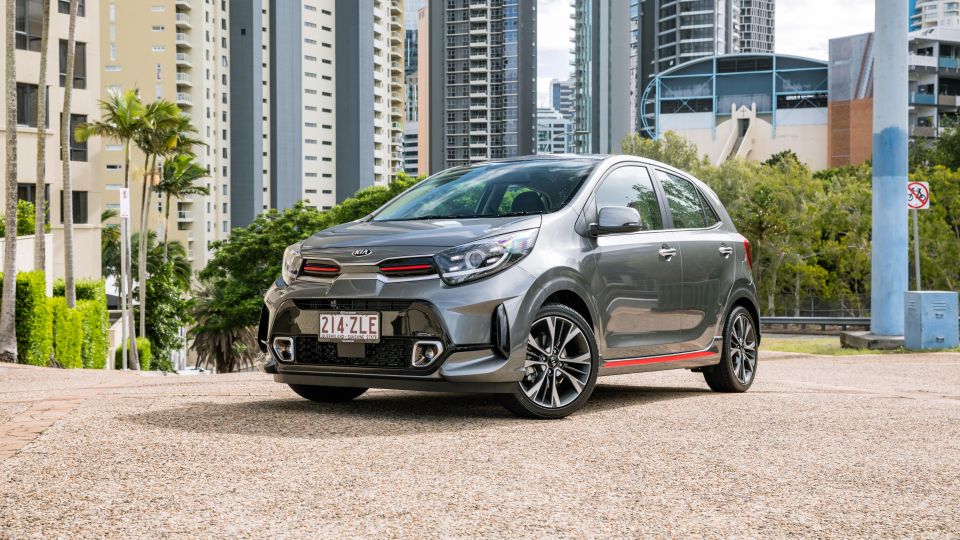

Senior Contributor
Every month we dissect the latest car sales stats and write breakout stories focusing on bigger issues.
This piece here talks about four findings from the September report that didn’t make the cut but are worth mentioning.
As always, any questions regarding car sales – just put them in the comments and we’ll get back to you.
VFACTS: Australia’s car sales for September 2021 detailed
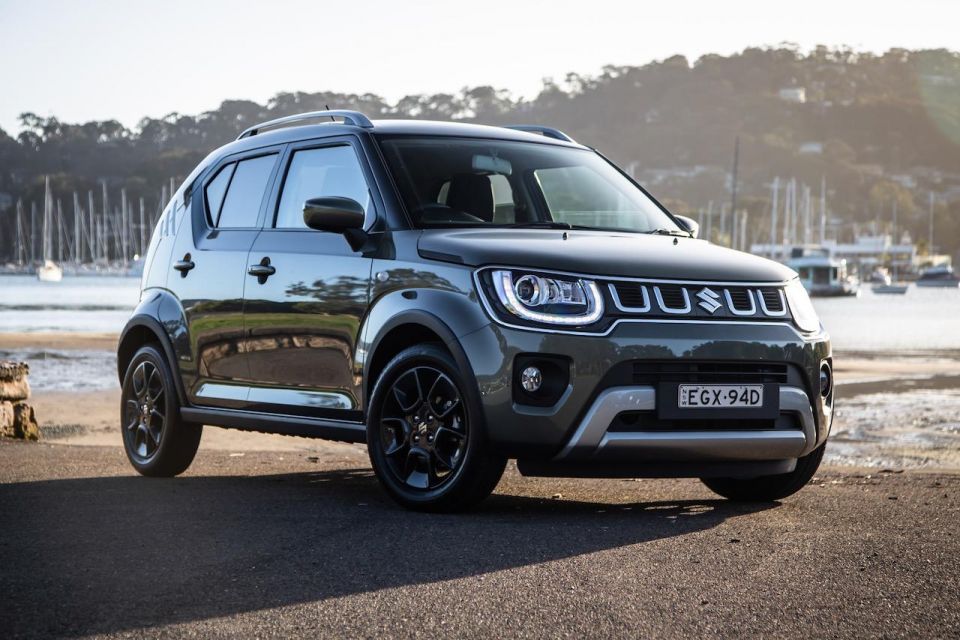
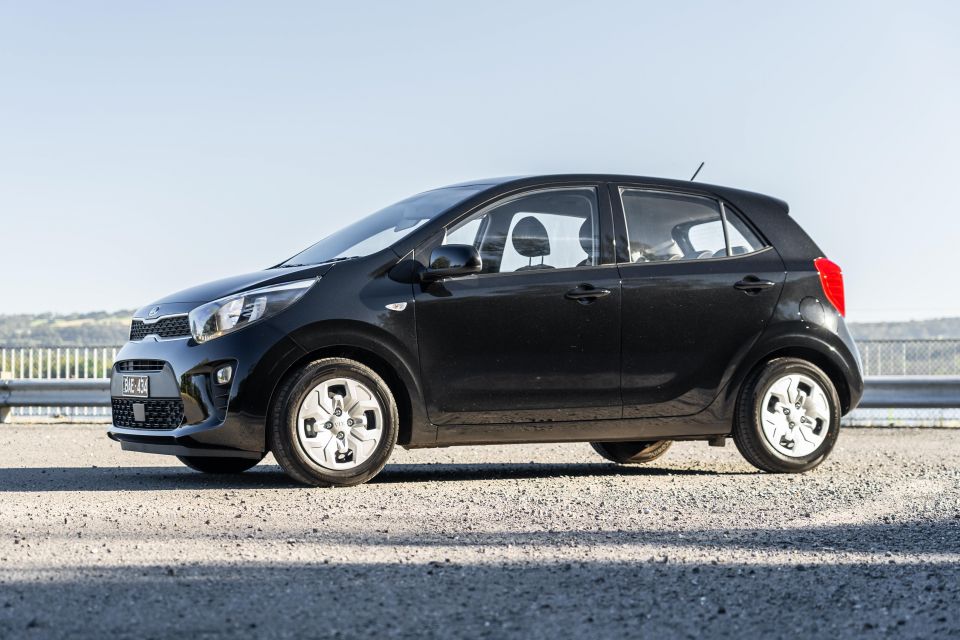
As a rule cars are bigger, more sophisticated, and more expensive than ever. But two tiny battlers swimming against the tide are showing noteworthy sales growth.
The Kia Picanto was up 53.2 per cent over September 2020. Its year-to-date growth meantime is more than three-times the market average.
Then there’s the Suzuki Ignis, a vehicle classified as a small SUV on account of its elevated design and clearance but just as tiny as the Kia. It grew 163.5 per cent for the month and is up 318.3 per cent this year.
In both cases having access to supply in these supply-restricted times has helped. The fact they use fewer computer chips than bigger and pricier cars has certainly helped factory output.
But don’t underestimate the impact of current high used-car prices either – a byproduct of stock shortages on new cars having a knock-on effect on used-car demand
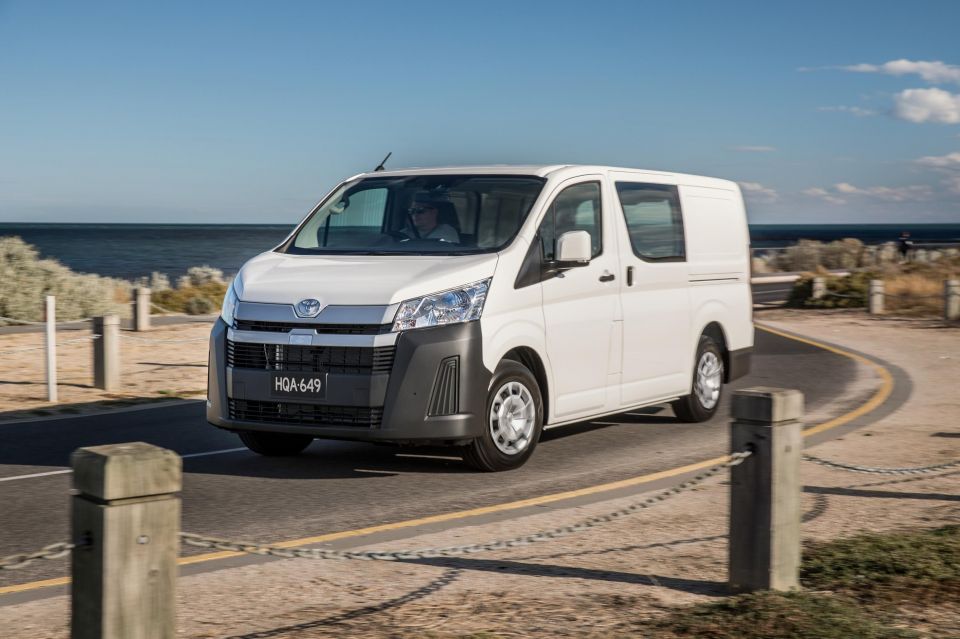
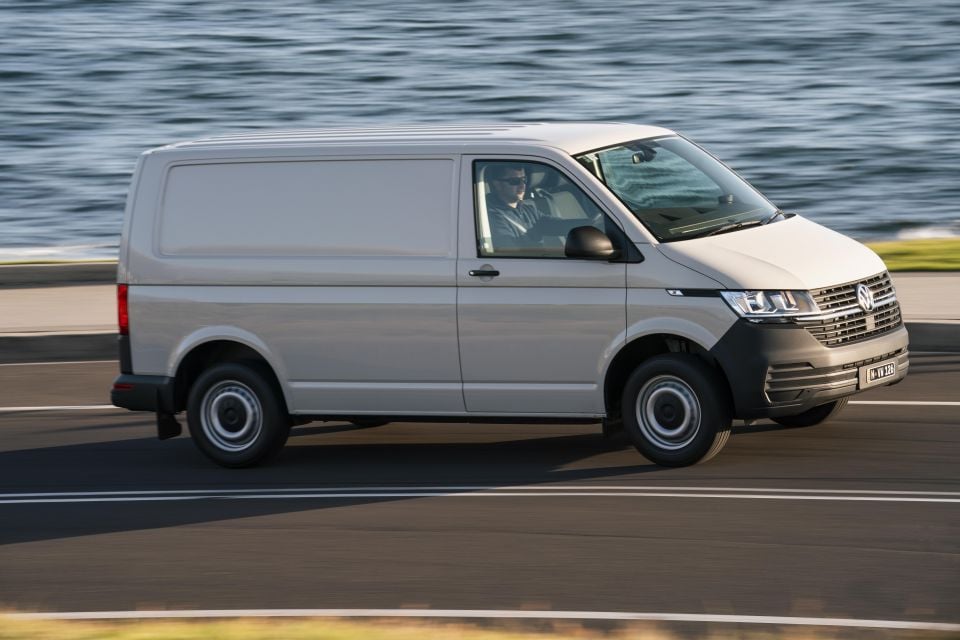
Tried getting deliveries lately? Of course you have, and I’ll bet some of them have copped delays.
Needless to say demand for vans is skyrocketing.
The sweet spot of the market is the mid-sized 2.5-3.5t GVM class, sales of which hit 2272 units in September this year. Not only is that up 85.8 per cent on September 2020, but appears to be the all-time September record.
The always top-selling Toyota HiAce jumped 144.1 per cent to 1079 units, ahead of other big growers like the LDV G10 (up 121.0 per cent), Mitsubishi Express (up 264.4 per cent), and Ford Transit Custom (up 58.8 per cent).
Add to that the Volkswagen Transporter, which found 117 buyers compared to just four in the same month last year – when there was no stock.
The only brand that went backwards was Hyundai and it didn’t have close to a full month of sales from its just-launched Staria.
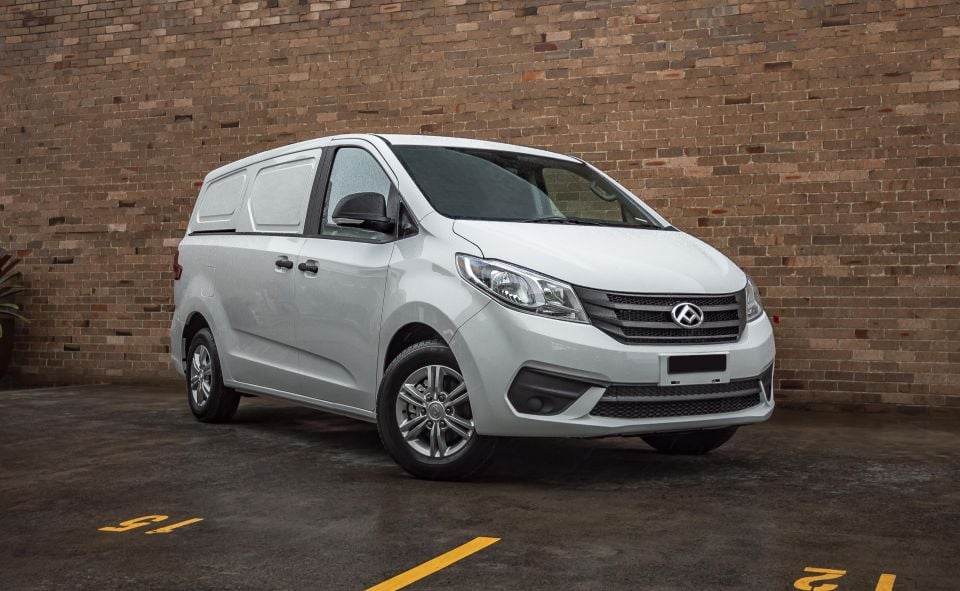
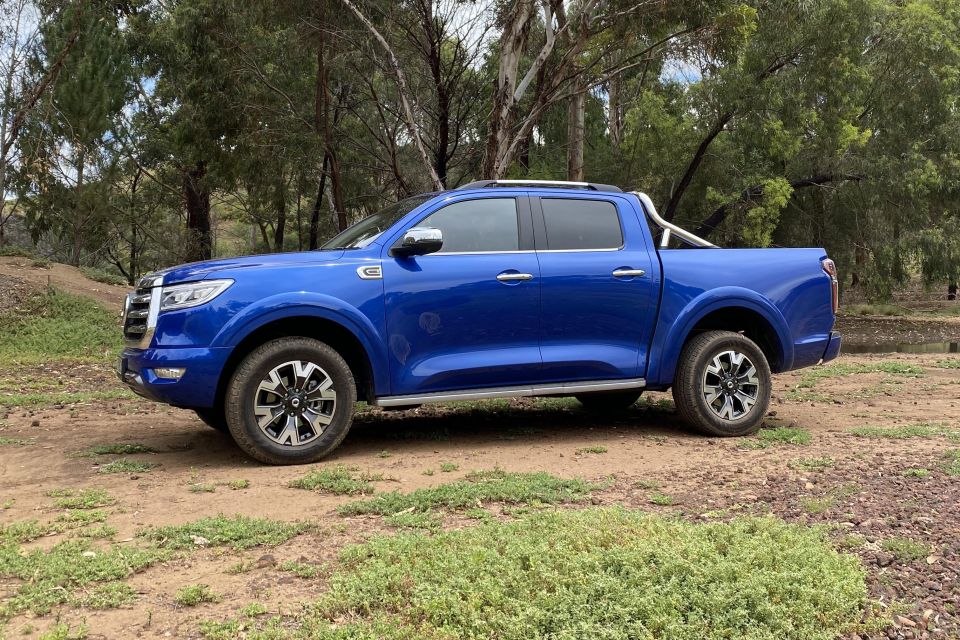
Sales of China-made vehicles were up 103.7 per cent in September, which is actually lower than the year-to-date figure of 193.6 per cent.
This figure excludes Tesla, which makes its Model 3 in China but doesn’t report sales data for any models here.
China is now Australia’s fourth-biggest source of cars behind Japan, Thailand and Korea, and ahead of Germany.
As reported in detail here, brands bringing cars from China are less affected by semiconductor shortages. But sharp pricing and long warranties are also assisting Chinese brands with their share growth.
Last month MG grew its sales 93.7 per cent, GWM/Haval grew 196.7 per cent, and LDV grew 50.8 per cent. That’s in a total market up 20.8 per cent.
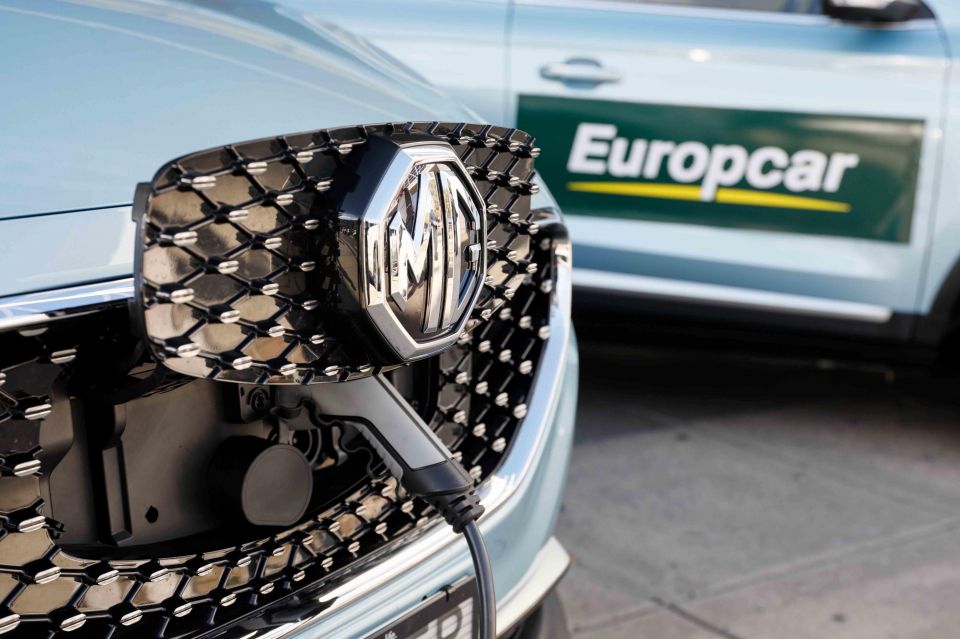
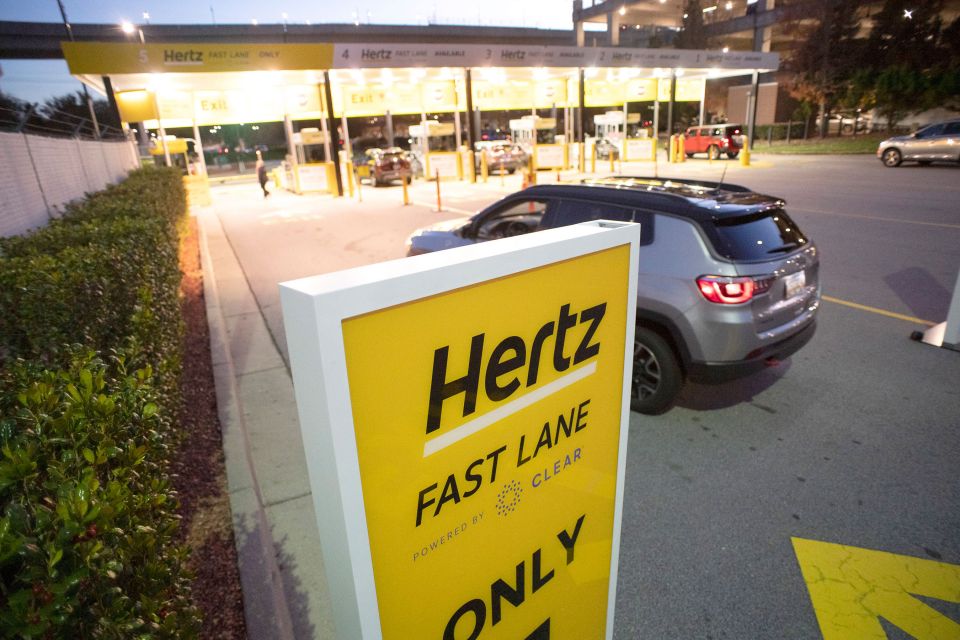
It goes without saying that demand for rental cars plummeted in 2020. But with things opening up, it looks like the big companies are turning over their fleets.
Sales to rental car companies skyrocketed 159.6 per cent to 5862 units in September.
By contrast, business fleet sales grew by 7.9 per cent for the month while government department sales grew 27.9 per cent.
We should keep a bit of perspective though. Rental car sales have yet to get back to where they were pre-COVID just yet: September sales in 2019 were 7658, while in 2018 they were 9199.


Max Davies
12 Hours Ago


William Stopford
12 Hours Ago


Derek Fung
13 Hours Ago


Max Davies
20 Hours Ago


William Stopford
2 Days Ago


Ben Zachariah
2 Days Ago